In June 2025, the BUFFER+ partner meeting took place in Bruges, Belgium. You can read about the partner meeting in this article. During this event, the partners also answered particular questions and gave recommendations in a so-called peer review. We would like to share some of these results.
The Romboutswervepolder Pilot Site
Romboutswervepolder is a 700-hectare historic area in West Flanders facing climate challenges like drought and peat oxidation. Restoration efforts focus on freshwater retention and climate resilience, balancing agriculture, nature, and heritage.
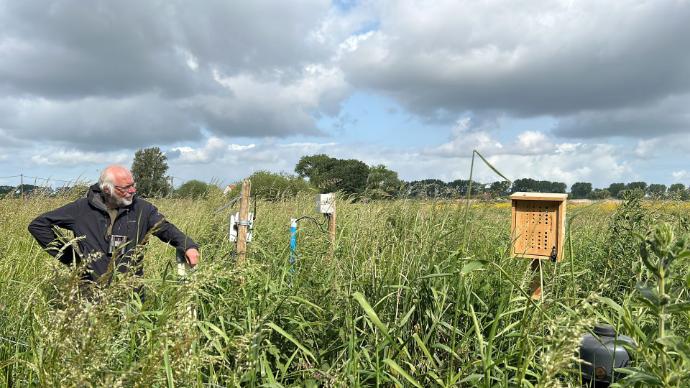
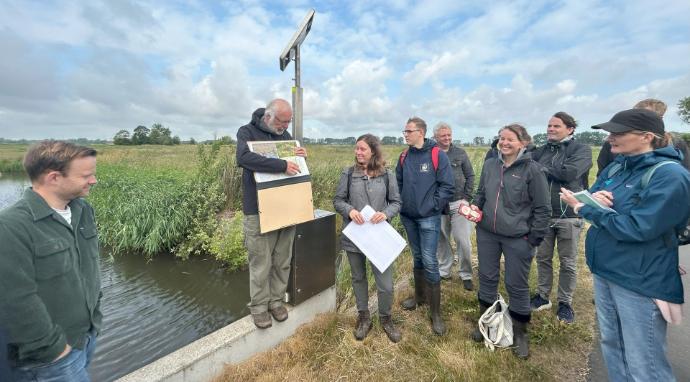
The Uitkerkse Polder Pilot Site
Uitkerkse Polder is a low-lying nature area near the Belgian coast, known for its bird habitats and grasslands. Historic peat extraction has made it vulnerable to drought, water scarcity, and soil degradation.
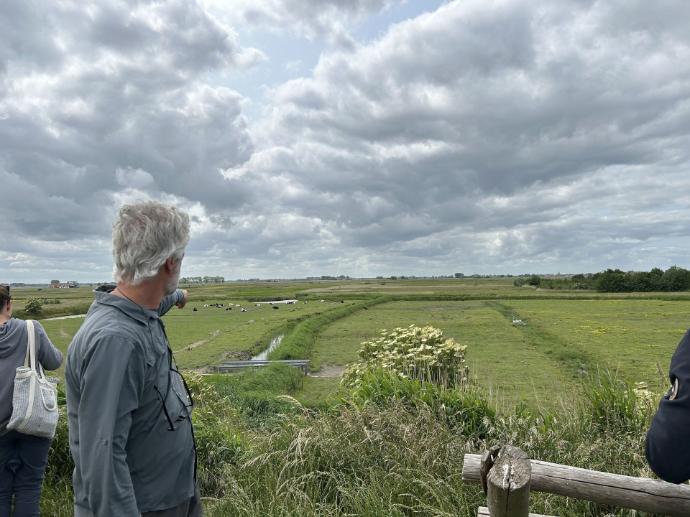
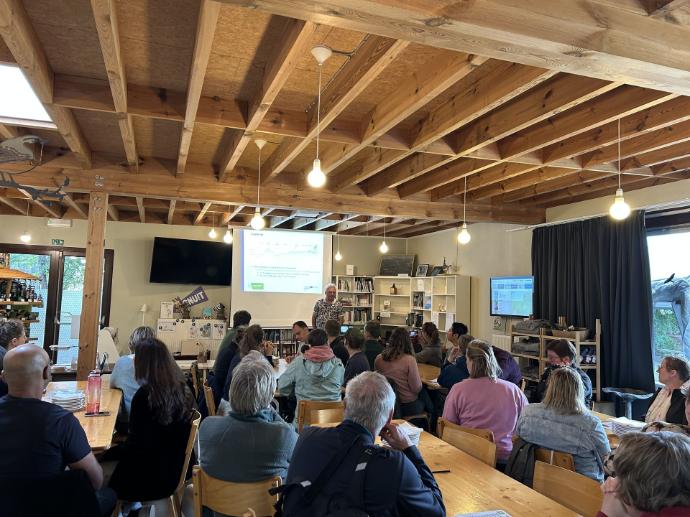
Meetkerkse Moeren
Meetkerkse Moeren is a former peatland in coastal Belgium, restored into wetland through a 2005 nature project. Water levels were raised to support biodiversity, and farmers received support to adopt nature-friendly practices. One farmer transitioned to wetland-adapted Aubrac cattle and started a local meat business with his son.
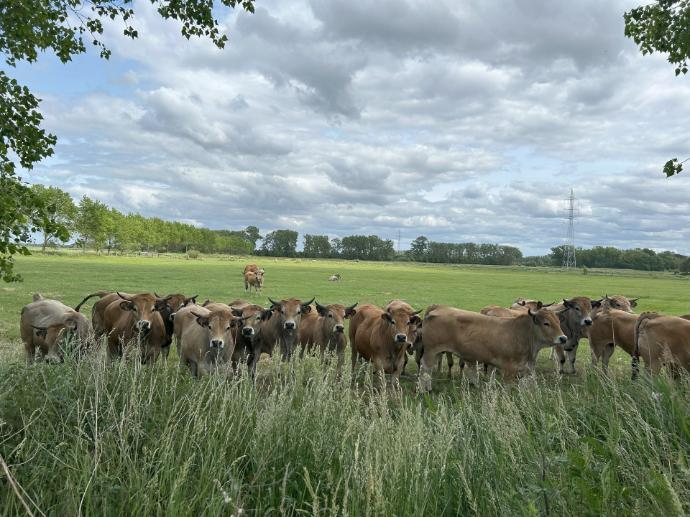
Great stories have a personality. Consider telling a great story that provides personality. Writing a story with personality for potential clients will assist with making a relationship connection. This shows up in small quirks like word choices or phrases. Write from your point of view, not from someone else's experience.
Great stories are for everyone even when only written for just one person. If you try to write with a wide, general audience in mind, your story will sound fake and lack emotion. No one will be interested. Write for one person. If it’s genuine for the one, it’s genuine for the rest.
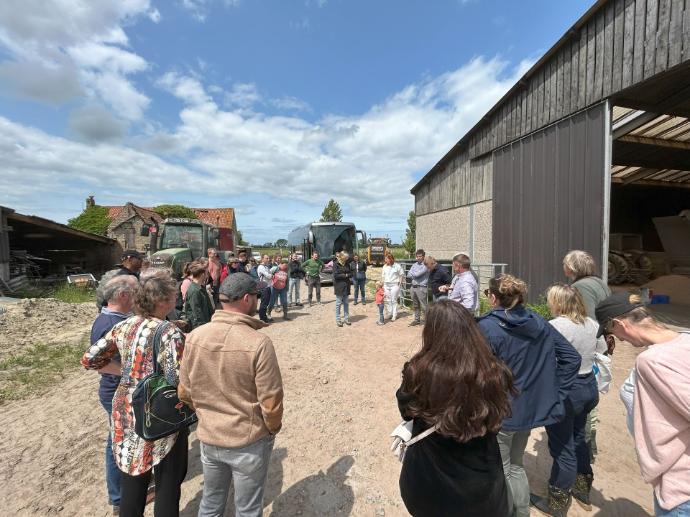

The Kwetshage Project
Kwetshage is a 90-hectare wetland in West Flanders, created to offset ecological losses from port and motorway developments. The project focuses on rewetting land, creating habitats for marshland birds, and managing water with sustainable tools like a wind-powered mill. Implemented in phases, it involved land reallocation, habitat restoration, and tackling challenges like invasive species and land acquisition, aiming to support biodiversity and climate resilience.
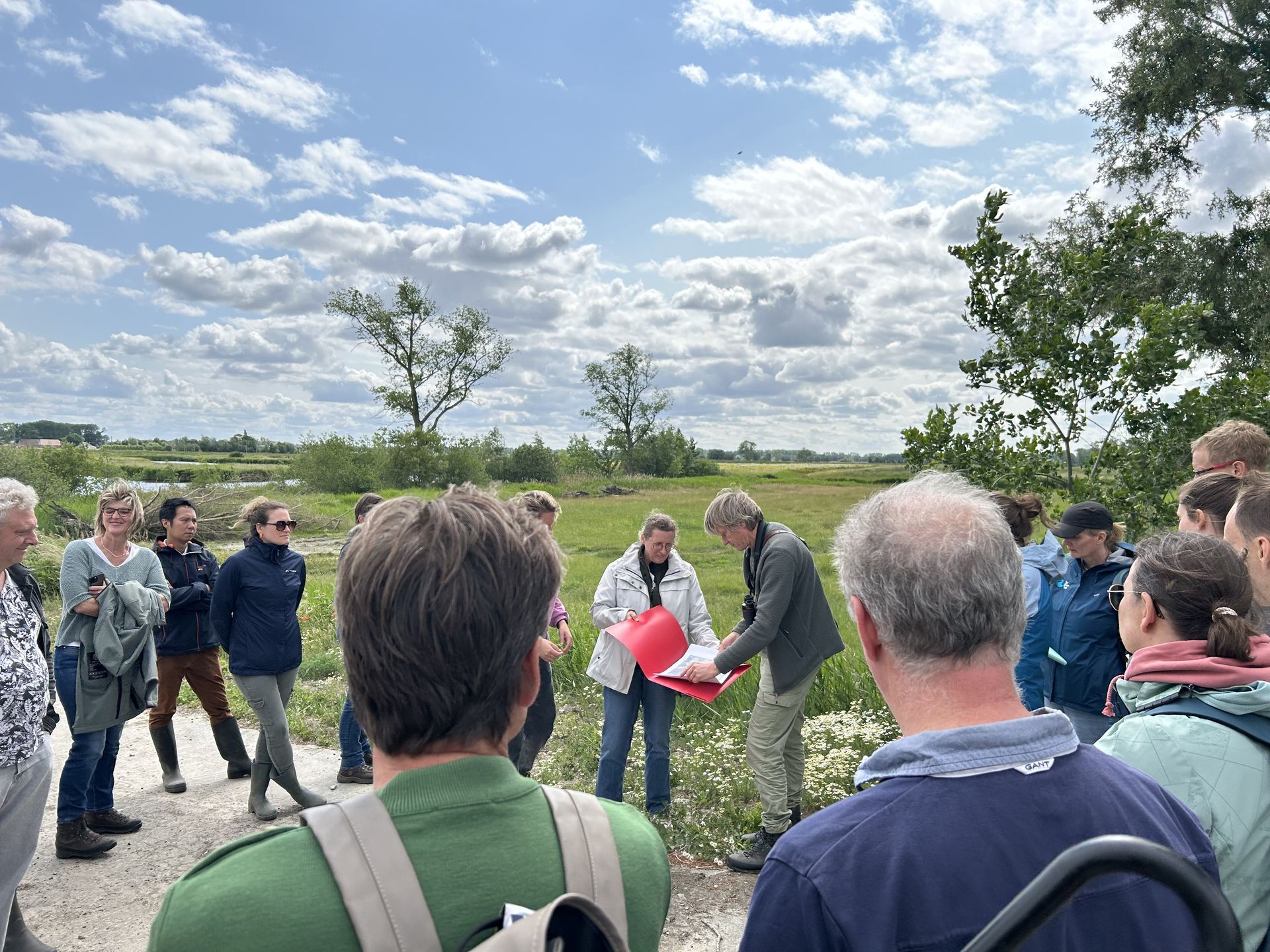
General recommendations regarding climate adaption
In BUFFER+ partners aim to enhance climate change adaptation and mitigation
in peatland areas in NWE regions and make peatlands function as carbon and
water buffers. These findings below are specifically for the region in West-Flanders and Bruges.
What are the main challenges in this region in relation to peatlands and
climate change adaptation and mitigation?
- Peatland degradation: ongoing drainage for farming and urbanization is degrading peat soils, leading to CO₂ emissions and loss of carbon storage.
- Water management issues: altered hydrology causes both drought and flood risks, intensified by climate change.
- Biodiversity & salinity pressures: habitat loss and salinization from proximity to the sea affect both nature and agriculture.
- Stakeholder engagement: it's crucial to build compelling, long-term economic narratives for farmers and businesses to support climate adaptation.
- Support & transition: sustainable business models, financial aid, and policies are needed for both current and future generations of farmers.
- Forecasting & planning: better prediction tools are needed to anticipate future environmental changes like flooding, salinization, and ecological shifts.
Are there policies in place to tackle these challenges?
- Policies at various levels support peatland restoration, sustainable land use, and climate adaptation.
- Incentives and legal frameworks are evolving to make rewetting attractive for farmers and landowners.
- Successful examples, like the Uitkerke farm, show that ecological restoration can align with innovative business models.
- Collaboration and training with agricultural institutes help prepare future farmers for nature-inclusive practices.
- Adaptive infrastructure and monitoring tools (e.g., weirs, digital twins) are essential for balancing water management and restoration goals.
Who are the main stakeholders?
- Farmers are key stakeholders, needing support for adaptation or relocation, with attention to finding successors.
- Landowners play a central role in restoration and adaptation efforts.
- Provincial governments and nature organizations like Natuurpunt are crucial partners.
- Regional and national politicians help shape and support climate strategies.
- State and EU institutions provide financial backing and coordination.
Recommendations for the host region and broader considerations
- Civil society can support farmers through mechanisms like product purchase agreements.
- Traditional business models should shift toward cooperative or joint structures.
- Stronger collaboration with educational institutions is needed to train future restoration-focused professionals.
- Private sector funding could play a key role in rehabilitation projects and deserves more attention.
- The role of private sector actors should be clarified and better integrated through targeted local analysis and discussions.
Read the full peer review report by clicking the pdf below: